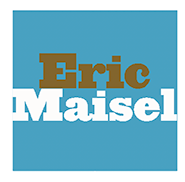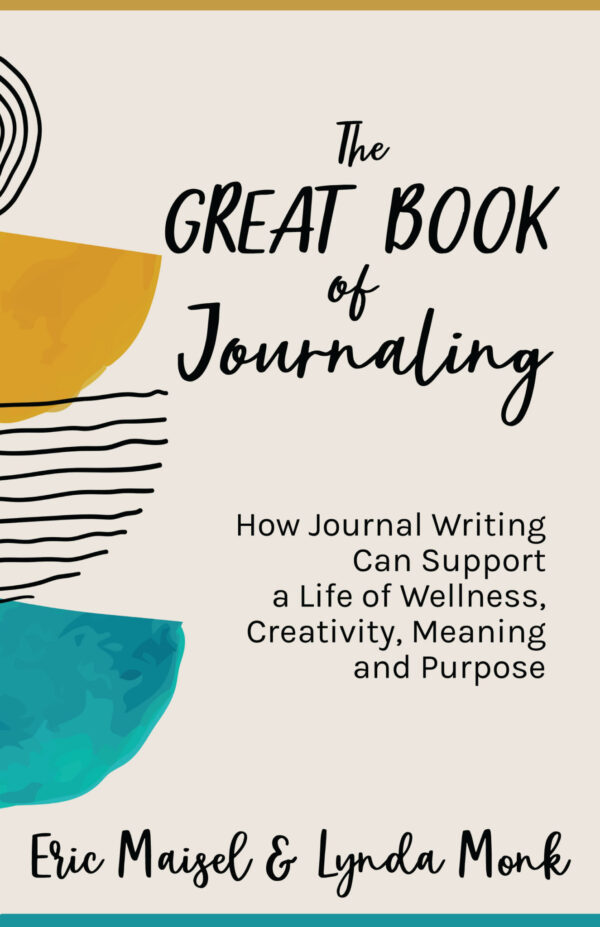
[This series of posts called “Journaling for Men” is designed to help everyone, and especially men who may be unfamiliar with journaling, learn how daily journaling can help them improve their physical, mental, and emotional well-being. It brings together ideas from two of my recent books, Redesign Your Mind, in which I describe how you can upgrade and redesign “the room that is your mind,” and my most recent book The Great Book of Journaling, co-edited with Lynda Monk, in which we gathered contributions from scores of journal experts and enthusiasts. Please enjoy this series. I hope that you’ll begin to include journaling as part of your daily self-awareness and self-care program.]
 Lucia Capacchione has been championing “the power of our other hand”—that is, our nondominant hand—for a long time. In her chapter contribution for The Great Book of Journaling, she applies that concept to journaling. Lucia explained:
Lucia Capacchione has been championing “the power of our other hand”—that is, our nondominant hand—for a long time. In her chapter contribution for The Great Book of Journaling, she applies that concept to journaling. Lucia explained:
In 1973, after several years of crisis, I came down with a mysterious illness that doctors were unable to diagnose. I was getting sicker by the day. The doctor’s hit-and-miss medication approach led to a long list of side effects. Bed-bound in a pre-internet era, with no TV in my room, I read many books to keep boredom at bay, including Anais Nin’s Diary. It was a stressful time of endless days and sleepless nights, full of changing symptoms, extreme fatigue, anxiety, and uncertainty.
As a professional artist, my go-to was my sketchbook where I combined inspirational quotes from famous people with my own images. This was always a place of creative exploration and expression. As I was journaling in my sick bed, I began to write out my own words. Feelings, observations, reflections, and dreams spontaneously poured out onto the page. This was not my normal use of my sketchpads; it just happened. Soon drawings to illustrate the words flowed out. The images looked strange and unfamiliar. They were unlike anything I had ever created as an artist and were definitely not “Art.” They made no sense to me and were reminiscent of artwork by the mentally ill I’d seen on an art department field trip in college. I thought I was losing my mind.
I kept journaling because there was nothing else to do. I realized that every time I did it, I felt a little better. One of my friends pointed out to me that my style of journaling was like art therapy. Another friend recommended her therapist, Ms. Bond Wright, a highly creative practitioner of Bodymind healing, Gestalt Therapy, and Transactional Analysis. When I felt strong enough I pursued therapy with her, which led to my next big breakthrough. Ms. Wright had me print with a big kindergarten crayon on large newsprint pads using my nondominant hand (the one I do not normally write with). The goal was to experience the inner child state directly through printing with the unschooled hand. It was slow and awkward and I felt like a four-year-old. It was magic! This process freed up my feelings, energy, creativity and inner wisdom in a way I’d never experienced.
One day while journaling at home, my left hand inadvertently grabbed the pen and quickly drew a stick figure of a little girl. The drawing looked like it had been created by a four-year-old. Then the little girl in the drawing spoke. She printed out her feelings in bold block letters. What followed was a powerful written dialogue between both hands. The voice of my assertive inner child flowed through my nondominant hand. In contrast, my dominant hand spoke for my negative inner critic who immediately put the child down.
A confrontation ensued: the critic lost to the inner child. This was followed by a paragraph of introspective writing, done with my dominant hand, containing deep insight into the meaning of my illness. It was a rebirth. More importantly, I realized I had just discovered the cause (self-judgment) and the cure (creative inner child) for creative blocks. I had let my rational, linear left brain know what my emotional and creative right brain was feeling. Within six months of starting to journal I had my health back. My exploration continued with two-handed drawing in which I scribbled with both hands at the same time. This was always relaxing and brought about a sense of calm and well-being.
Isn’t this worth trying? Doesn’t it sound almost magical? Try journaling with your nondominant hand and see what happens!
**
Get your copy of The Great Book of Journaling now!

—
iStock image
The post Journaling With Your Other Hand appeared first on The Good Men Project.